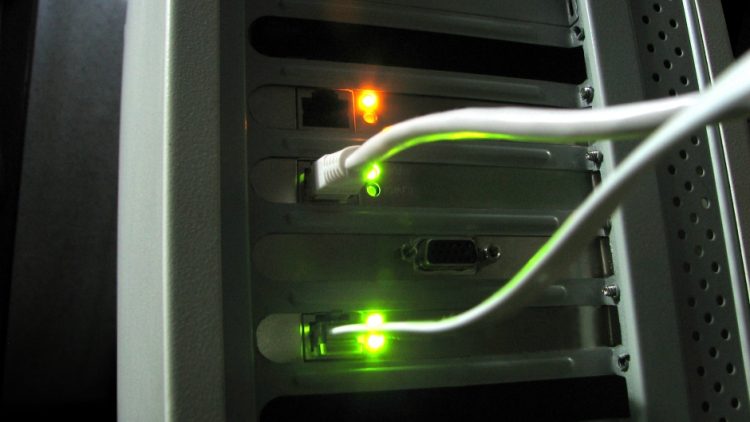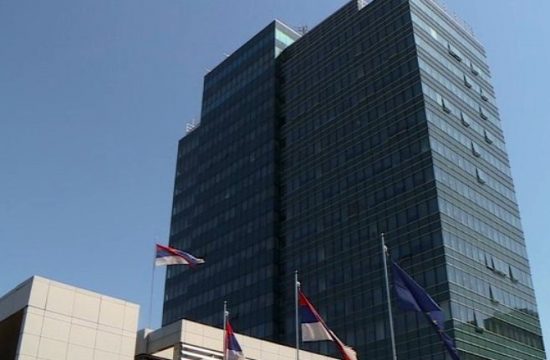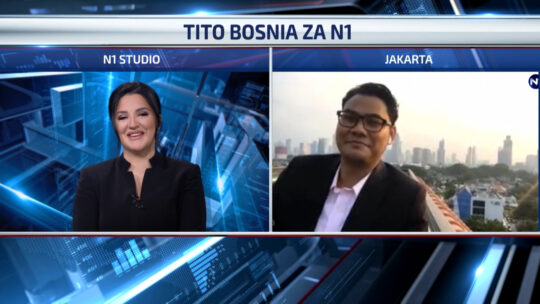
"Dear Customer, As per the Government instructions, the internet services have been temporarily stopped in your area." Internet users in the Indian State of Jammu & Kashmir received this text flash on their phones as an Internet shutdown was imposed across the state on August 4, when Article 370 of the Constitution was abrogated. It was a part of a communication blockade in the state that has still not been lifted.
This week, after the Indian Parliament passed a controversial Citizenship Amendment Bill that excludes Muslims from fast-tracked citizenship for immigrants from the region, violent protests ensued in northeastern Indian states of Assam, Tripura, Meghalaya and Arunachal Pradesh — and a familiar story played out. As unrest mounted, the government took a leaf out of the authoritarianism playbook and shut down the Internet in all four states. Initially for a few hours, and then for days. It won't be a surprise to see more districts and states plunged into digital repression over the next few weeks as protests spread.
According to the Internet shutdown tracker, India has the highest number of network disruptions ordered by the state with 91 reported instances (at the time of writing) alone in 2019. The number stood at 134 in 2018. These are just the incidents that have been reported; the actual number is likely to be more. This makes India the Internet shutdown capital of the world. The world's biggest democracy leads in digital authoritarianism — and by some margin.
The reason? The government wants to silence dissenting voices.
Most of the Internet shutdowns in India have either been imposed as preventive measures to curb violence or to contain the spread of violence after it has broken out. But the government has used them to serve other ends: to stifle discussion on social media, to make it harder for citizens to organize protests, and to single out populations like Kashmiris.
Disconcertingly, these shutdowns are becoming more commonplace. The Indian government has been restricting Internet access since 2010, but the frequency, geographic distribution, and duration of these shutdowns have increased dramatically in the last few years. Until this year, the shutdowns had almost doubled every successive year since 2014 when the current government, led by Prime Minister Narendra Modi, came into power.
In the last few years, Internet blackouts have become an easy switch ready to be flicked to deny freedom of expression and undermine rights. They have become a potent tool for the government to control public messaging and sell false narratives, without worrying that dissenting voices on social media and messaging apps will get in the way.
To make matters worse, the country's media has become extremely pliant and is failing to hold the prime minister and his government to scrutiny. With most of the mainstream media, especially the influential TV news channels, acting as government mouthpieces, Internet shutdowns exacerbate under-reporting on local issues — which leaves India's citizenry less informed about the government's activity. Staying informed is all the more important when the government is taking controversial steps like stripping Kashmir of its autonomy or changing citizenship laws.
Freedom of peaceful assembly, association, and expression are necessary features of a democracy — and nonviolent movements, driven by peaceful dissent, were at the heart of India's struggle for independence. You would think that the world's largest democracy would ensure the right to engage in activities critical to its own independence, but India's government is going out of its way to suppress them. As protests are being planned on social media, the Internet shutdowns make for an easy way to keep citizens from being able to organize and make their voices heard.
In the case of Kashmir, where an Internet shutdown has been in place for more than four months, the government's Internet control can be described as digital discrimination. There, the blackout is a collective punishment of the people who live there — a tactic that will only make tensions worse in the long run.
According to a study by the Indian Council for Research on International Economic Relations, the Indian economy suffered a loss of $3 billion due to internet shutdowns in the country from 2012-17. More than the economic loss, these shutdowns have far-reaching impact socially and psychologically. They affect individuals’ ability to express opinions freely — a right that is enshrined in the 1948 Universal Declaration of Human Rights and reaffirmed in a 2012 UN Human Rights Council declaration.
Sixty-seven percent of the world's reported Internet shutdowns occurred in India last year. That shows how trigger happy the government is when it comes to killing the switch. It's especially ironic when the government is pushing for its flagship initiative, Digital India, that places huge emphasis on the use of the Internet and technology for day-to-day activities, from paperwork to payments.
While a large part of the population is living through this fog of information, the Indian government has maintained that everything is fine. Speaking in Parliament, the Union Home Minister Amit Shah said that the situation in Jammu and Kashmir is completely normal.
Two days later, as discontent continues in Assam, the Prime Minister tweeted an assurance to “brothers and sisters” in Assam that they have “nothing to worry about.” Perhaps he forgot that people of Assam won't be able to read his tweet after his government cut off their Internet access. Or maybe this is the new normal under the current regime.
Internet shutdowns are gross violations of human rights. They're harmful, ineffective, expensive, and they have no place in a democracy. They leave people without access to information and other services that could be the difference between life and death.
After getting re-elected in 2019, Mr Modi said that he will be ushering the country in a “New India.” What we do see is indeed a New India, one frequently dragged into digital darkness and intellectual bankruptcy.




